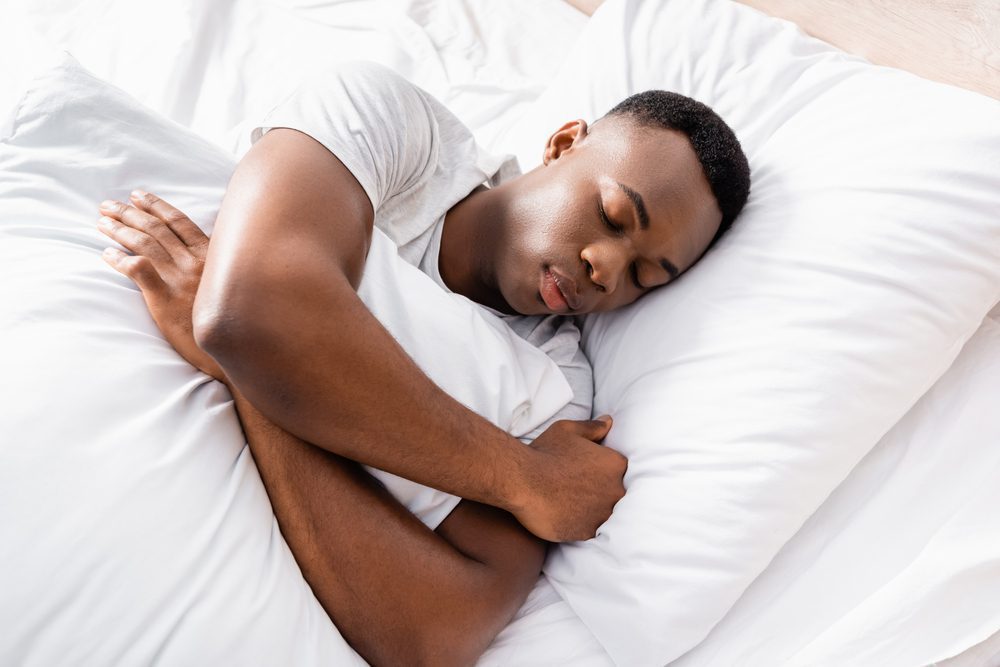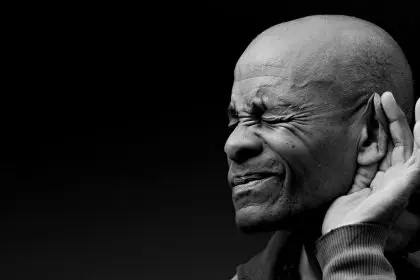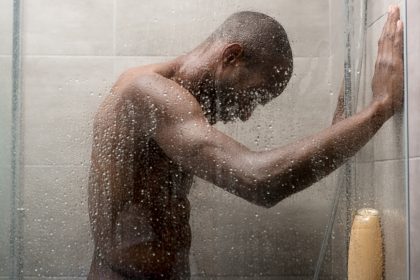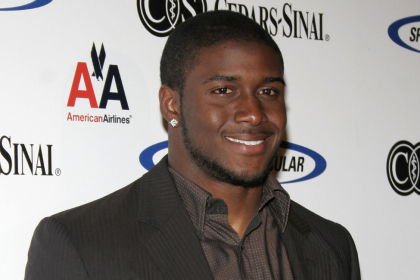You’re drifting off to sleep, floating in that hazy realm between wakefulness and dreams, when suddenly—BAM!—your body jerks violently as if you’ve been dropped from a height. Your heart races, you’re instantly wide awake, and you’re left wondering what just happened. If this sounds familiar, you’re experiencing one of sleep’s most mysterious phenomena.
The midnight startle
These sudden, involuntary muscle twitches that occur as you’re falling asleep have a proper name—hypnic jerks—but they go by many nicknames. Sleep starts. Night starts. Sleep twitches. Whatever you call them, they’re startlingly common, with up to 70 percent of people experiencing them regularly.
The phenomenon typically happens during the transition between wakefulness and sleep, that twilight zone where your consciousness begins to slip away but hasn’t fully surrendered to slumber. One moment you’re peacefully drifting off, the next you’re jolted awake by what feels like an electric shock coursing through your body.
These twitches can range from barely noticeable muscle contractions to dramatic full-body jerks that literally bounce you off the mattress. Some people experience a sensation of falling or tripping right before the jerk, while others report flashes of bizarre, dreamlike imagery. And almost everyone describes the peculiar feeling of being suddenly “caught” in the act of falling asleep, as if your body is objecting to the very idea of surrendering to unconsciousness.
The primitive alarm system
So what’s actually happening in your brain and body during these strange episodes? The answer lies in the fascinating neurology of sleep transitions and possibly our evolutionary past.
As you begin falling asleep, your brain doesn’t just flip a switch from “awake” to “asleep.” Instead, it powers down in stages, with different neural systems shutting off at different rates. Your conscious mind begins to fade while your motor system remains partially active. Meanwhile, your muscle tone starts relaxing throughout your body.
During this neurological handoff, sometimes signals get crossed. Your brain misinterprets the sensation of your muscles relaxing as a sign that you’re actually falling—not metaphorically falling asleep, but literally falling from a tree or cliff. Your motor cortex reacts instantaneously to this perceived threat by sending out an emergency response, contracting muscles to protect you from the imaginary fall.
This theory helps explain why many people report the sensation of falling right before experiencing a hypnic jerk. Your brain essentially creates a mini-emergency response to a threat that doesn’t exist.
The evolutionary hangover
The falling theory connects to a fascinating evolutionary explanation for hypnic jerks. Our primate ancestors slept in trees, where the danger of falling while drifting off presented a very real survival threat. Those who had a neurological mechanism that jolted them awake when muscles relaxed too quickly while sleeping in precarious positions would have been less likely to fall to their deaths.
This protective mechanism may have been so advantageous that it became hardwired into our nervous systems, persisting even though most humans now sleep on flat surfaces where falling isn’t a concern. It’s essentially an evolutionary hangover, like our appendix or wisdom teeth—a solution to a problem our species no longer faces.
Some sleep researchers have proposed that these jerks might also have served as a final check system for our ancestors. Before surrendering fully to sleep, which is a vulnerable state for any animal, the brain performs one last test of the environment by briefly rousing the body. If no threats are detected during this momentary awakening, it’s safe to proceed into deeper sleep.
The caffeine connection
While hypnic jerks are normal, certain factors can make them more frequent or intense. Caffeine is one of the biggest culprits. That afternoon coffee might be affecting your brain hours later as you try to fall asleep, increasing neural activity and making the sleep transition more erratic.
The relationship is dose-dependent—the more caffeine you consume and the closer to bedtime, the more likely you are to experience intense sleep jerks. Even people who swear caffeine doesn’t affect their ability to fall asleep might still be experiencing more hypnic jerks without realizing the connection.
Stress and anxiety are also major triggers. When your nervous system is already on high alert, the sleep transition becomes more challenging, and your brain becomes more prone to these misfirings. This creates an unfortunate cycle where anxiety about sleep causes more hypnic jerks, which then create more anxiety about sleep.
The exhaustion effect
Perhaps counterintuitively, extreme fatigue can actually increase these sleep twitches. When you’re exhausted, your body sometimes attempts to rush through the sleep onset process, creating a less orderly shutdown sequence in the brain. This hurried transition increases the likelihood of the crossed signals that trigger hypnic jerks.
This helps explain why you might notice more of these twitches after periods of sleep deprivation or during times when you’re desperately trying to catch up on lost sleep. Your body’s attempt to accelerate into sleep actually backfires, causing more disruptions during the critical transition phase.
Physical exhaustion plays a role too. After intense exercise, especially when it occurs close to bedtime, the combination of muscle fatigue and elevated core temperature can create ideal conditions for hypnic jerks to occur.
The sleep disruption myth
Despite how jarring they can feel, hypnic jerks don’t actually disrupt your sleep architecture in any meaningful way. They occur before you’ve fully entered sleep, so they don’t pull you out of restorative deep sleep or REM cycles.
The bigger issue is psychological. If you become anxious about these jerks or start dreading them, that anxiety itself can make falling asleep more difficult. Some people develop a conditioned response where the fear of experiencing the jerk creates a state of hyperawareness that makes both the jerks and sleep onset problems worse.
Understanding that these twitches are normal and harmless is often the first step in preventing them from becoming a sleep problem. By recognizing the hypnic jerk as a quirky but benign feature of human sleep rather than something to worry about, you remove the anxiety that can perpetuate the cycle.
The bedtime protocol
If you find hypnic jerks particularly bothersome, several practical strategies can help reduce their frequency and intensity. Creating a consistent sleep schedule helps regulate your body’s sleep mechanisms, making the transition to sleep more orderly and reducing the likelihood of neurological misfirings.
Managing caffeine intake is crucial, especially limiting consumption in the afternoon and evening. Even if caffeine doesn’t seem to keep you awake, it can still make your sleep transition more erratic and increase these twitches.
Relaxation techniques before bed can also make a significant difference. Progressive muscle relaxation, where you systematically tense and release muscle groups, can help prepare your body for the natural muscle relaxation of sleep, making it less likely to be misinterpreted as falling.
The broader sleep picture
While occasional hypnic jerks are completely normal, extremely frequent or unusually intense episodes might sometimes indicate underlying sleep disorders. If they’re consistently disrupting your ability to fall asleep or are accompanied by other symptoms like excessive daytime sleepiness, unusual movements during sleep, or breathing irregularities, it might be worth discussing with a healthcare provider.
Conditions like periodic limb movement disorder or restless leg syndrome can sometimes be confused with hypnic jerks, though they typically occur during sleep itself rather than at sleep onset. Sleep apnea can also increase sleep fragmentation, which may make hypnic jerks more noticeable or frequent.
The marvel of sleep transitions
Rather than seeing hypnic jerks as a sleep problem, perhaps we should marvel at them as a window into the fascinating neurological processes that happen as we transition between consciousness and sleep. They remind us that falling asleep isn’t a simple on/off switch but a complex, active process that our brains have been refining for millions of years.
The next time you experience that sudden jolt just as you’re drifting off, instead of being annoyed or concerned, try to appreciate it as your brain’s ancient protective mechanism—a neurological echo from when your ancestors slept in trees, and a reminder of the remarkable evolutionary journey that shaped how humans sleep.















